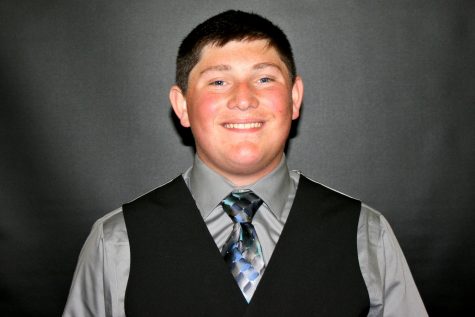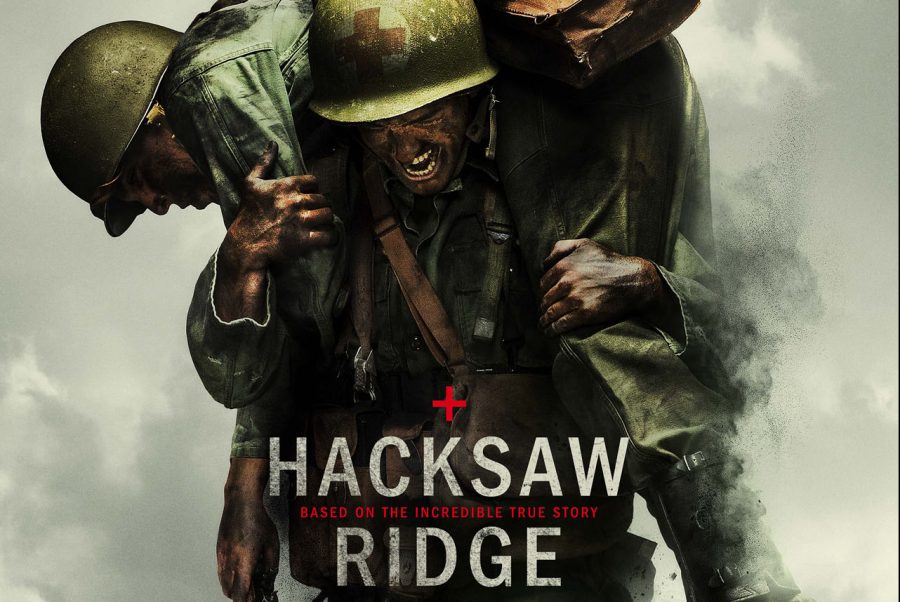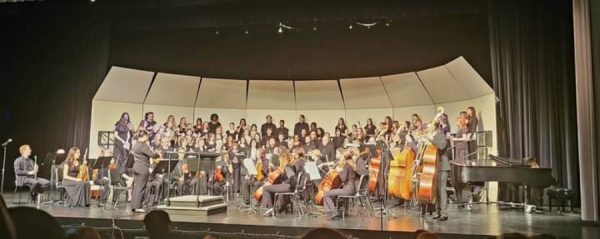“Hacksaw Ridge” shows war through a pacifist’s eyes
When a World War II movie comes out, I’m bound to watch it and be a little underwhelmed at the end by the usual stories of patriotism, duty, and mediocrity that I see repeated in every other movie.
But with Mel Gibson’s newest film “Hacksaw Ridge,” I was blown away by the quality of production and about the story.
“Hacksaw Ridge,” directed by Mel Gibson, is a true story, depicting Medal of Honor recipient Desmond Doss, played by Andrew Garfield, and his life during the war as he served as a medic during the battle of Okinawa — without a weapon to protect himself.
But before he can go to war and battle the Japanese, he must battle his unforgiving comrades and captain, played by Sam Worthington, who want to see him drummed out of the Army for being a pacifist who will not touch a rifle.
The movie opens with Desmond (Garfield) and his brother Harold (Nathaniel Buzolic) as children living with their mom (Rachel Griffiths) and dad (Hugo Weaving), a World War I veteran who turns to alcohol to try and forget his three best friends who were killed in France. Desmond accidentally knocks his brother unconscious and becomes disturbed by the incident, vowing to never touch a weapon or to harm anyone.
I loved how the movie went into how Desmond and Harold’s father thinks and acts, and how fighting in WWI essentially broke him and severed his ties to his beliefs. It goes to show the audience that war isn’t an event that leaves physical scars only.
Desmond falls in love with a nurse named Dorothy (Teresa Palmer) and eventually starts dating her.
However, their relationship is put on hold after Desmond joins the Army to help the war effort. Desmond’s father, angered that both Hal and Desmond joined the military despite his protests against it, turns them away.
After Desmond arrives at boot camp, his religious beliefs as a Seventh Day Adventist are strained as the men in his squad ostracize him for his beliefs, believing he is a coward who won’t save them. They go as far as to beat him one night in order to force him to quit the Army, but Desmond refuses to leave.
Eventually, an Army officer orders Desmond to touch a rifle, but he refuses. He is thrown into jail and goes through a court martial, where his father, in a WWI uniform, presents an order from his former commanding officer to let his son go.
Desmond is allowed to complete training as a combat medic and is allowed to go into battle without a weapon.
Desmond is shipped out to Okinawa where his squad has to help take Hacksaw Ridge from entrenched Japanese forces but is ultimately pushed back.
Desmond has to evade Japanese patrols and get all of the wounded American soldiers off the ridge before it’s too late.
“Hacksaw Ridge” is a phenomenal movie. The depictions of battle are some of the most realistic and gritty I’ve ever seen, on par with those in Steven Spielberg’s “Saving Private Ryan.”
The story had me interested from start to finish and will keep most adults on the edge of their seats.
If you want a true story about patriotism, duty, and devotion to faith and beliefs, but also want a nice change up from the typical run-and-gun WWII film, then this movie is for you.
“Hacksaw Ridge” is R-rated for intense prolonged realistically graphic sequences of war violence, including grisly bloody images.

Senior
Birthday: April 8, 1999
Extracurricular activities: Robotics, quiz bowl
Hobbies: WWI, WWII, and Civil War reenacting; marching band
...











